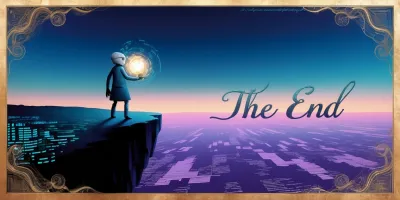Exploring the Complexity of Villainy in Speak No Evil: A Deep Dive into Character and Horror
- Oct 14, 2024
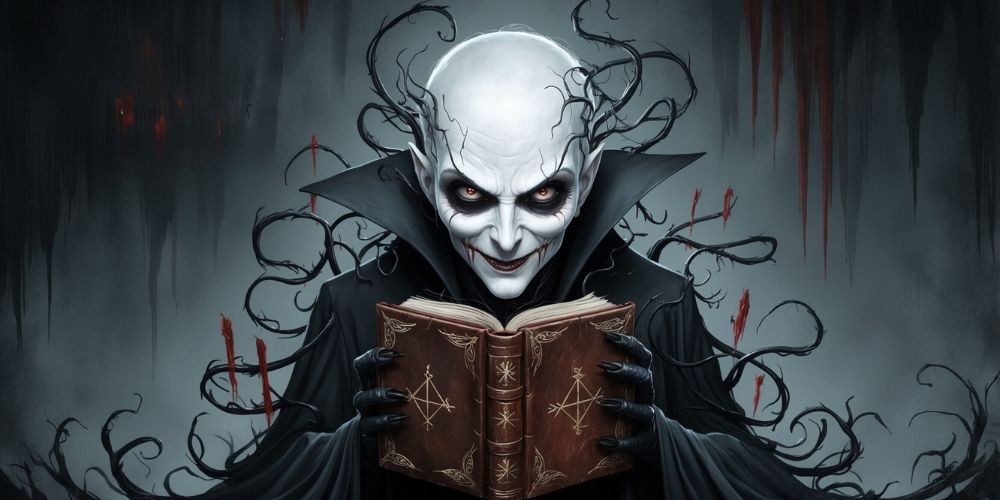
The land of horror often draws its power and intrigue from complex characters that evoke more feelings than simple fear. In the new film Speak No Evil, this complexity is woven into the fabric of the narrative, through the deeply troubled characters portrayed by James McAvoy and Aisling Franciosi. As the director delves into their motivations and personalities, he shifts the understanding of villainy within the horror genre, moving away from mere caricatures and towards profound human experiences. This exploration ultimately enhances the film's overall tension and emotional impact, captivating audiences who crave more than just surface-level scares.
Crafting a Deeply Flawed Antagonist
At the essence of Speak No Evil is Paddy Feld, a character brought to unsettling life by James McAvoy. Unlike the standard archetype of ruthless villains, Paddy is sketched with intricate details that lend him a melancholic depth. Director Christian Tafdrup emphasizes the importance of giving Paddy a tragic backstory, arguing that without these humanizing elements, antagonists risk becoming monotonous and unengaging.
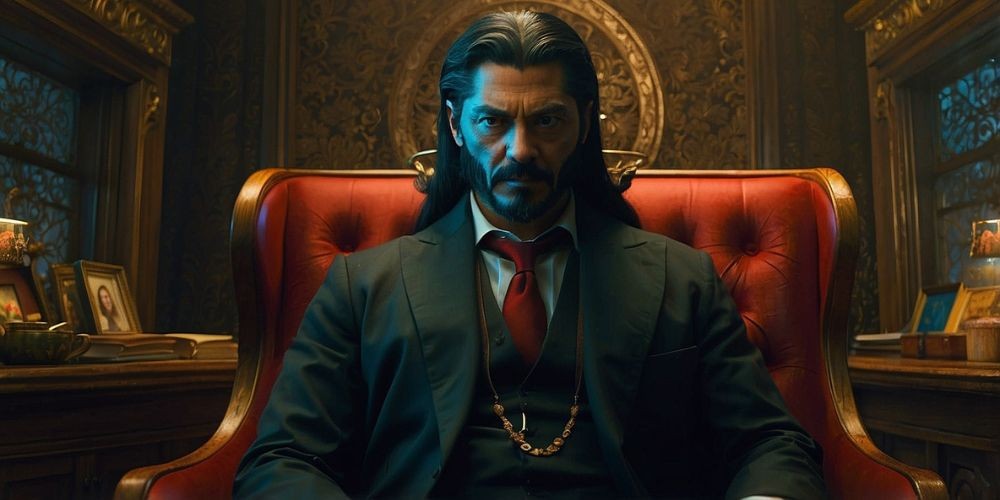
The Role of Backstory
The significance of Paddy’s backstory cannot be overstated. The revelation that he comes from a home filled with emotional misery and abuse allows audiences to see the roots of his dysfunction. Such narratives paint a broader picture of human behavior and the often cyclical nature of violence.
A Complicated Relationship
Another critical layer in the film is the relationship between Paddy and his wife, Ciara. Together, they present a contrasting dynamic where love intersects with toxicity. Their bond reflects a complexity that both intrigues and unsettles viewers, inviting them to ponder the duality of their feelings.
Critical Dualities
The concept that two contradictory identities can coexist is central to the film’s narrative. Paddy showcases both a charming persona and a menacing disposition, compelling viewers to challenge their preconceived notions of good and evil. This duality makes their entire relationship intriguing, as they encapsulate both tenderness and cruelty.
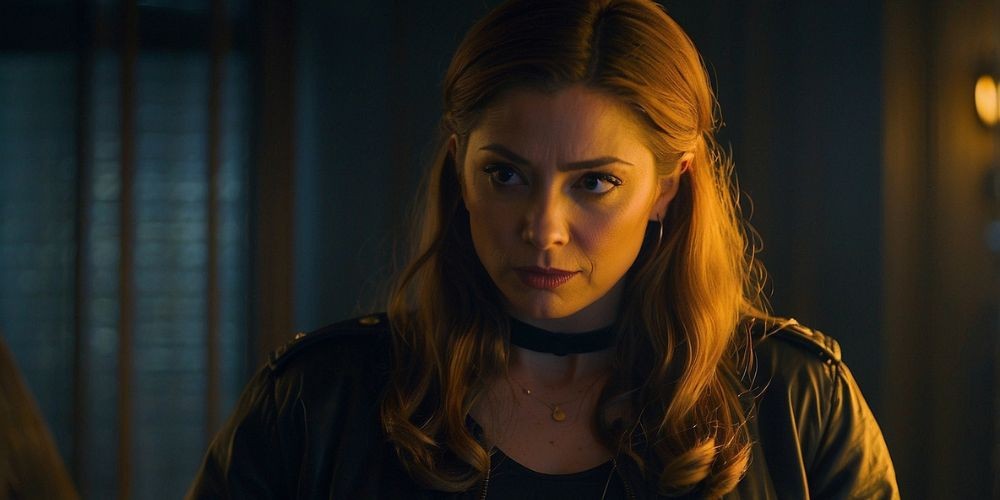
The Art of Villainy
Instead of crafting villains that are simply evil for the sake of it, the film portrays its characters with a sense of tragic realism. The story examines the idea that sometimes, villains are products of their environments, shaped by experiences that evoke both sympathy and horror in equal measure.
Parental Influence
Paddy’s role as a father to his "son" Ant introduces another layer of generational trauma. The very idea that violence and emotional damage can be transmitted through family lines raises unsettling queries concerning responsibility and the characteristics of malevolence.
Manipulative Charisma
One of the techniques employed by Paddy is his charm. He draws people in, engaging them in seemingly jovial interactions, which enhances the horror when his darker tendencies emerge. The juxtaposition between his warm interactions and sinister actions heightens the film’s tension.
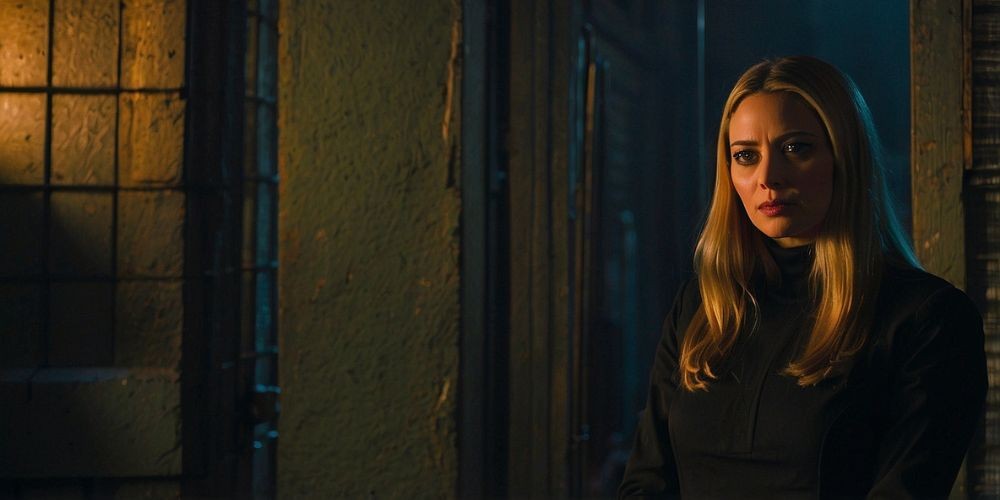
Moral Ambiguity
The film does not shy away from moral ambiguity. Characters like Paddy and Ciara become reflections of real-life complexities, where good people can commit heinous acts. This exploration of gray morality helps audiences grapple with their own perceptions of right and wrong.
Contextualization Through Childhood
Flashbacks providing a glimpse into Paddy's childhood elucidate the environment that crafted the man he is today. These moments peel back layers of understanding about the ways childhood trauma can distort adult behavior and relationships, further humanizing a character who might otherwise be seen as merely malevolent.
The Power of Innocence
Ben and Louise represent innocence caught in a malevolent web. Their naivety in trusting Paddy and Ciara acts as a catalyst for the horror that unfolds. This imbalance of trust against the backdrop of a predatory relationship complicates the viewing experience, eliciting sympathy for their plight.

Ambivalence in Relationships
The relationship dynamics caught between love, loyalty, and fear provoke a deeply emotional response. Viewers are compelled to question whether Ciara’s complicity stems from love, fear, or the influence of psychological manipulation, creating a nuanced exploration of human connections.
The Nature of Guilt
Sooner or later, the characters must confront their roles in their predicaments, leading to reflections on guilt, accountability, and complicity. This reckoning not only deepens the character arcs but also serves as a crucial commentary on the larger themes explored in horror narratives.
Perceptions of Freedom
Throughout the film, Ben and Louise grapple with the perception of freedom that Paddy and Ciara project. The allure of their seemingly unshackled lifestyle becomes a source of envy yet culminates in horrific realizations about the masks we wear and the darkness lurking beneath.
The Impact of Violence
The film deftly illustrates the impact of violence as a generational inheritance. Paddy's repeated affirmations about his legacy with Ant encapsulate a haunting reality, as audiences are left to ponder the implications of such cycles on future generations.
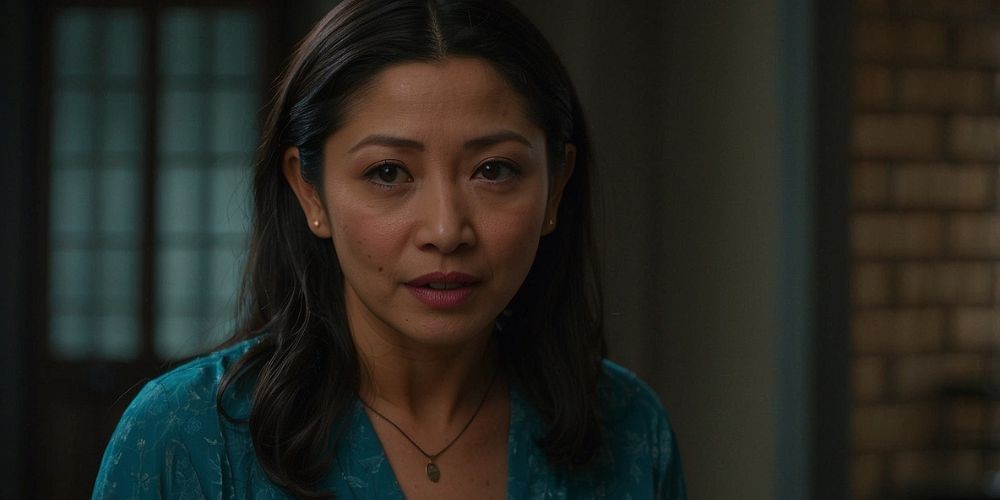
Emotional Catharsis
The film progresses toward a climactic point that offers a sense of catharsis, albeit one laced with moral complexities. As viewers witness the culmination of Paddy's horrific nature, it evokes a reaction that is as unsettling as it is liberating.
The Future of Horror Narratives
By tapping into the deeper aspects of character development, Speak No Evil challenges conventional horror storytelling. The lesson here is clear: complex characters can lift a horror film from mere shock value into the realm of thought-provoking cinema. This evolving narrative style not only elevates the genre but encourages audiences to reflect on the nature of humanity itself.
As we navigate through intricate tales of horror such as Speak No Evil, we find ourselves examining the veiled nature of evil, the potent impact of relationships, and the intricate dance between love and darkness. This film, which is now showing in cinemas, ultimately serves as a powerful reminder of the allure and complexity of villainy, presenting a new angle on the realm of horror while prompting us to consider the darker corners of human experience.







